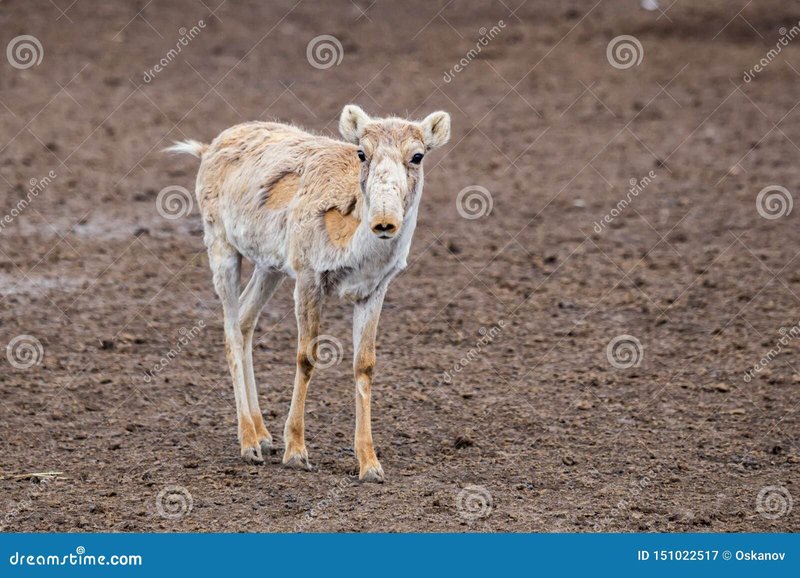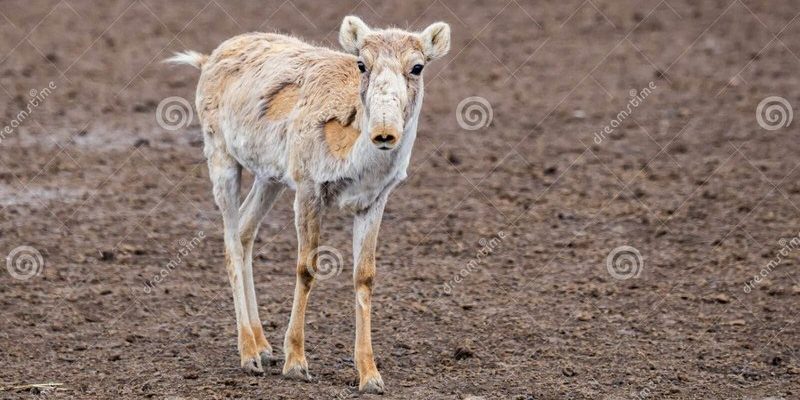
In the wild, the survival of young saiga antelopes hinges on their mothers’ nurturing skills. The bond between a mother saiga and her calf is critical, especially in the early days when the calf is most vulnerable. Imagine a new parent who’s learning to navigate the world while keeping their tiny, wobbly baby safe. That’s the essence of what the saiga antelope mothers do. They have to protect their young from predators while also teaching them the tricks of survival. So, what specific strategies do they employ?
The Saiga Calf’s Arrival
When a saiga antelope gives birth, it usually happens during the spring months, coinciding with the lush grass growth. This timing isn’t just a coincidence; it ensures that the calves have enough food as they start to eat solid food. After a gestation period of about five months, the mother typically gives birth to one calf, though twins aren’t unheard of.
Once the calf arrives, it weighs around 6 to 7 kilograms. At birth, the calf can stand and walk within a few hours, which is crucial for survival. Think about it: being able to move around quickly is a game-changer when there are predators lurking about. The mother will bond with her new calf immediately, licking it clean and encouraging it to stand. This initial interaction isn’t just sweet; it’s essential for the calf’s survival.
Protective Parenting
Mothers take on the role of protector almost instantly. The saiga antelope has a keen sense of awareness, and they need it. When the calf is young, the mother will keep it hidden in tall grass or behind bushes—essentially playing hide and seek with nature. This sheltering behavior helps shield the calf from predators like wolves and eagles, who might see the vulnerable baby as a tasty snack.
Moreover, saiga mothers don’t just sit back and hope for the best. When they sense danger, they might lead their calves away or stand between the threat and their young. Here’s the thing: this instinctual behavior is not just brave; it’s critical for the calf’s future.
Feeding and Nutrition
As the calf begins to grow, it transitions from relying solely on its mother’s milk to munching on the grasses of the steppe. The mother’s milk is rich in nutrients, which is vital as the calf develops. Saiga milk contains a high level of fat, which ensures that the calves gain weight quickly, preparing them for the challenges of their environment.
Over time, the mother will guide her calf to various grazing areas. The saiga antelope is a selective feeder, meaning they choose specific plants to eat, often going for the most nutritious options available. This ability to select the best food helps both the mother and the calf remain healthy and strong.
Social Learning and Play
As calves grow, they also learn through play, which is often overlooked but essential for development. Saiga calves engage in playful antics, running, jumping, and butting heads with each other. This isn’t just for fun; playtime helps the young antelopes develop their physical skills and social behaviors.
When you watch them, it’s clear that they’re learning how to navigate their world. Through these interactions, the calves also learn to recognize threats and navigate social hierarchies within the herd. The strong bonds that form during this time are crucial in building a robust community.
Independence and Maturity
Usually, by the time they are around 4 to 5 months old, the calves are almost fully weaned. At this stage, they’re not just surviving; they’re thriving. They start to explore further from their mothers, testing their boundaries. This journey towards independence is a critical step in their development. It’s the time when they begin to learn to fend for themselves, discover new grazing areas, and sharpen their instincts.
Interestingly, saiga antelope have a unique feature: their communal living. Young saiga often stay within larger groups, which serves as a safety net. Being in numbers provides better protection against predators. You might even see a group of calves playing together while the mothers graze or keep watch nearby.
The Role of Environment in Development
Living in the harsh environments of the steppes can be challenging. Saiga antelope are highly adapted to changing climates and habitats. Their ability to thrive in such conditions speaks volumes about their resilience. The environment plays a significant role in the raising of their young, from the availability of food to the types of threats they face.
For instance, the seasonal migrations of the saiga are essential for ensuring that calves have access to fresh pastures. As herds move, they instinctively know where to go, and the mothers lead their young to better grazing spots. This environmental awareness is a critical survival skill passed down through generations.
Challenges to Saiga Antelope Survival
Despite these impressive parenting techniques, saiga antelopes face several challenges. Habitat loss, poaching, and climate change have drastically reduced their population. These threats not only impact the adults but also have severe implications for the young. If the mother can’t find enough food or if poaching threatens the herd, the survival of the calves becomes precarious.
Efforts to protect their habitat and promote conservation are crucial. Educating the public about the unique traits and behaviors of saiga antelopes can help foster support for their protection. By understanding the importance of raising young in these harsh conditions, we can appreciate how vital it is to protect these incredible creatures.
In summary, saiga antelopes employ fascinating strategies to raise their young in the wild, from protective parenting to social learning. But with significant threats looming, their future hangs in the balance. It’s essential for us to recognize the beauty and resilience of these animals and advocate for their preservation. After all, every little effort counts when it comes to protecting our planet’s wildlife.

